Description
Astilbe (False Spirea) – Elegant, Shade-Loving Perennial for Vibrant Garden Texture
Add a burst of color and graceful texture to your shady garden spots with Astilbe (False Spirea) – a beloved perennial prized for its plume-like flower spikes and fern-like foliage. Blooming from late spring through midsummer, Astilbe offers long-lasting, vibrant color in hues of pink, red, purple, and white, making it a standout in borders, woodland gardens, or moist, shaded areas.
Known for its low-maintenance care and shade tolerance, Astilbe (botanical name Astilbe spp.) is an ideal choice for gardeners looking to brighten dim corners with soft, feathery elegance. With its finely cut leaves and upright blooms, this plant provides both visual interest and a sense of movement in the garden.
Why Choose Astilbe (False Spirea)?
Astilbe thrives in areas where many flowering plants struggle. It prefers partial to full shade and consistently moist, well-drained soil, making it a favorite for woodland landscapes, rain gardens, and shaded walkways. Unlike sun-loving blooms that fade quickly in heat, Astilbe continues to look fresh and vibrant even during the summer months, especially when grown in a moisture-retentive environment.
Additionally, Astilbe is deer-resistant, rabbit-resistant, and a magnet for pollinators like bees and butterflies, making it a smart and eco-friendly choice for any landscape.
Key Features of Astilbe (False Spirea):
-
🌸 Feathery Blooms: Dense plumes of flowers in a wide range of soft, pastel, or vibrant shades
-
🌿 Attractive Foliage: Delicate, fern-like leaves remain lush and green all season
-
🌳 Shade-Loving: Ideal for partial to full shade locations
-
💧 Moisture-Loving: Performs best in consistently moist soil
-
🐝 Pollinator-Friendly: Supports bees and butterflies while resisting deer and rabbits
-
🧤 Low Maintenance: Minimal upkeep needed once established
Planting & Care Tips:
Space Astilbe plants 12–24 inches apart to allow for healthy air circulation and growth. Use mulch to help retain soil moisture and regulate temperature. Deadheading isn’t necessary, but spent flower stalks can be removed for a tidier appearance. Divide plants every 3–4 years to maintain vigor and encourage blooming.

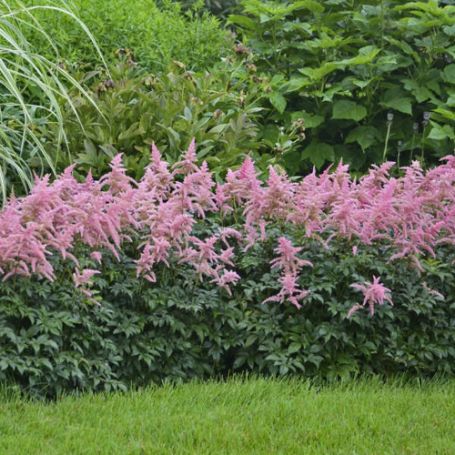

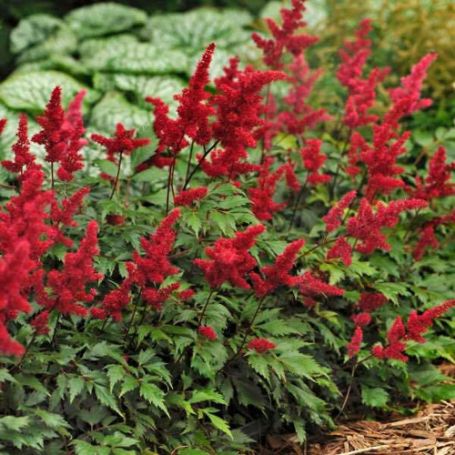
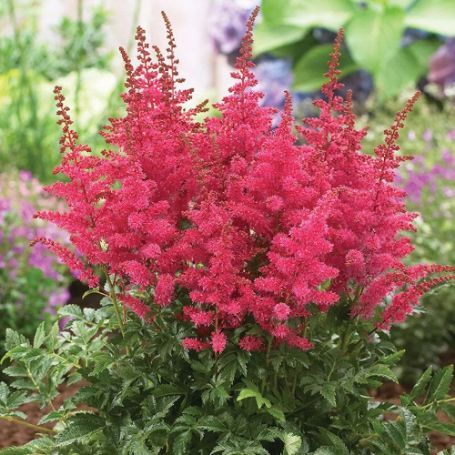
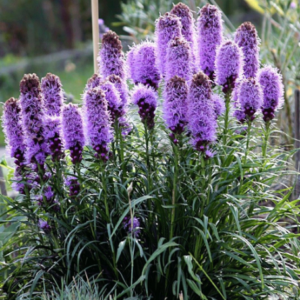

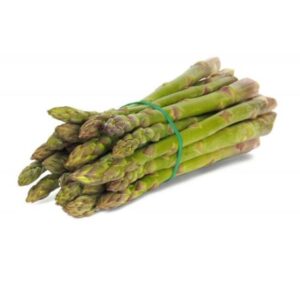
Reviews
There are no reviews yet.